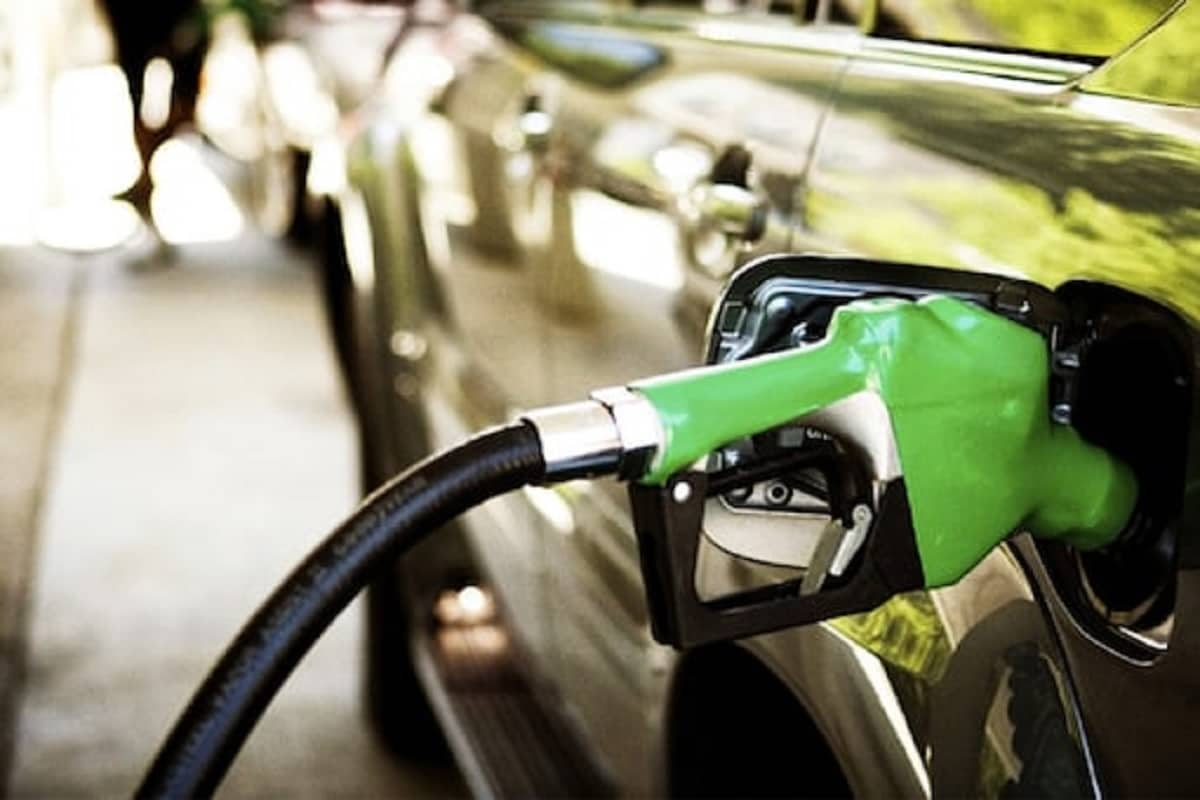
Eleven years after Reliance Industries Ltd (RIL) started shuttering its gasoline retail outlets, it has regained marketplace proportion in petrol and diesel income to pre-2006 ranges. While petrol and diesel sales national grew 9% and 3%, respectively, in 2018-19 from a year ago, RIL outperformed the enterprise with figures of 21% and 16%, respectively, the agency stated in a presentation to analysts after its quarterly income. Till 2006, while RIL’s fuel income have been at its peak, it had a marketplace proportion of 14.3% in diesel and 7.2% in petrol. “With 1,372 stores, we clocked maximum-ever go out quantity at 5.6 million kilolitres in March 2019,” RIL stated within the presentation. A kiloliter equals 1,000 liters.
RIL, which enjoyed a normal 12% marketplace proportion in gasoline retailing until 2006, saw it slip to much less than zero.5% in 2014, whilst it had closed most of its gasoline retail outlets due to spiraling crude oil fees. RIL spent ₹5,000 crores in setting up 1,470 stores in 2004 and 2006. In 2008, however, it began shutting stores and later reopened a few. In 2018-19, it reopened or brought 59 stations, achieving 1,372 fuel retail outlets now. “In the home market, RIL is gaining marketplace share across classes. RIL remains positive on gross refining margins attributable to scale-up of petcoke gasification, International Maritime Organization (IMO) regulation implementation, and demand development in China,” said Yes Securities (India) Ltd in a record dated 19 April.
Under rules issued in October 2016 by using the IMO, ships ought to shift to gasoline oil with sulfur content material under 0.5% January 2020, against the prevailing 3.5%. With this impending shift, the call for low-sulfur gas oil is predicted to upward thrust. According to analysts, RIL’s gross refining margin stands to gain from growth in center distillate cracks, including liquefied petroleum gasoline (LPG), diesel, gas oil, kerosene, and marine bunker fuel. During the fourth quarter, RIL’s gross refining margin (GRM), or the amount a refiner earns by refining one barrel of crude oil, narrowed to a 17-region low of $8.2 per barrel. On a sequential basis, GRM declined 7%.

RIL has also outperformed the industry in sales of aviation turbine fuel and bulk diesel and is ready to onboard Air India to diversify its portfolio and reinforce its industry position. “Our 12 months-on-year quantity increase in ATF (aviation turbine fuel) is 33% in direct sales to airline partners. We performed a hospitality arrangement with Shell MRPL and are preparing to onboard Air India for diversifying the portfolio and reinforcing industry position,” RIL stated inside the presentation to analysts. In conjunction with accomplice BP Plc, the oil-to-telecom conglomerate plans to install 2,000 petrol pumps in India over the following couple of years.
The Reserve Bank of India (RBI) will change probable behavior at least one extra change of rupees for dollars after the general election, said 3 officials with direct understanding of the plan, a part of an attempt to support monetary growth. The vital bank additionally plans to conduct open market operations of up to ₹50,000 crores over the next months, one of the officers said, increasing a quantitative easing program to spur the slowing economy. These ultra-modern movements are anticipated to boom cash within the financial machine and assist push hobby prices down, potentially helping debtors, where an interest fee reduce, has not.
“We need to make sufficient liquidity to be had, but we cannot open the floodgates of liquidity. It must be achieved in a calibrated and measured way,” said one legit who declined to be named due to the sensitivity of the matter. Prime Minister Narendra Modi is going through a good re-election race in the staggered poll that began on 11 April and will cease on 19 May. Votes may be counted on 23 May. Economic growth slowed to six.6% within the October-December quarter, the worst in five quarters. Economists see a further slowdown in January-March largely because of high-interest costs and surging oil costs. Despite reducing its key policy fee using 50 foundation factors this year to 6%, the RBI has struggled to get banks to reduce lending costs because of tight cash conditions and excessive deposit fees. The RBI needs the actual interest rate — the Delta among the inflation fee and fee humans pay to borrow — to ease debtors, a separate authorities official stated.







